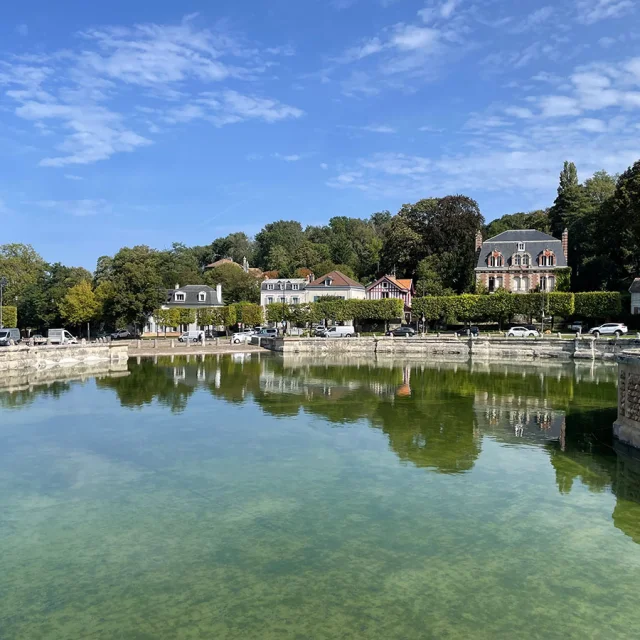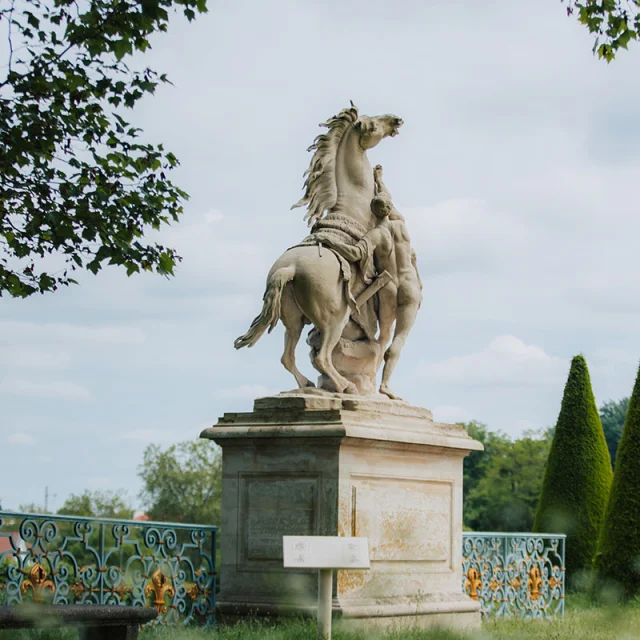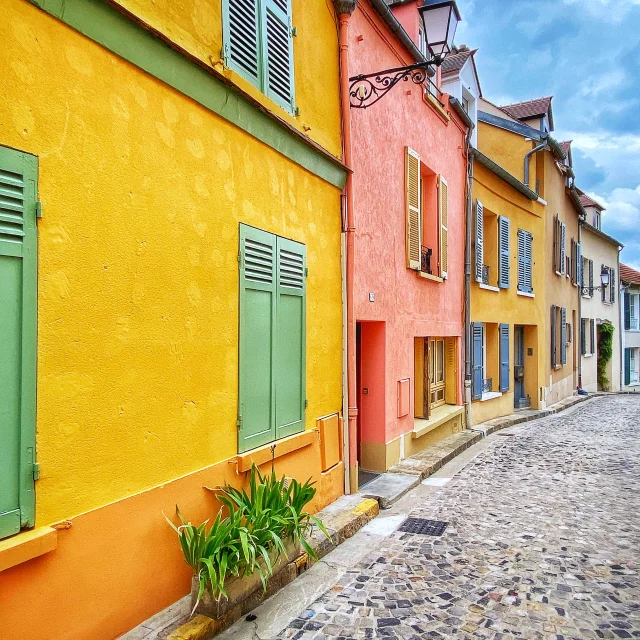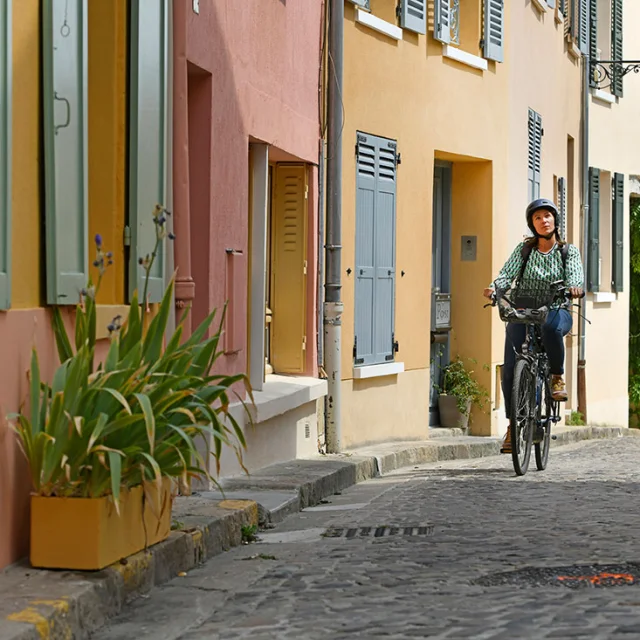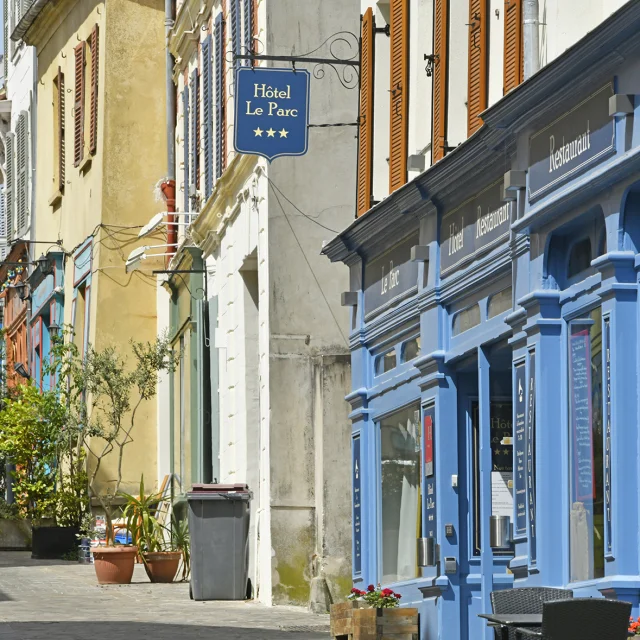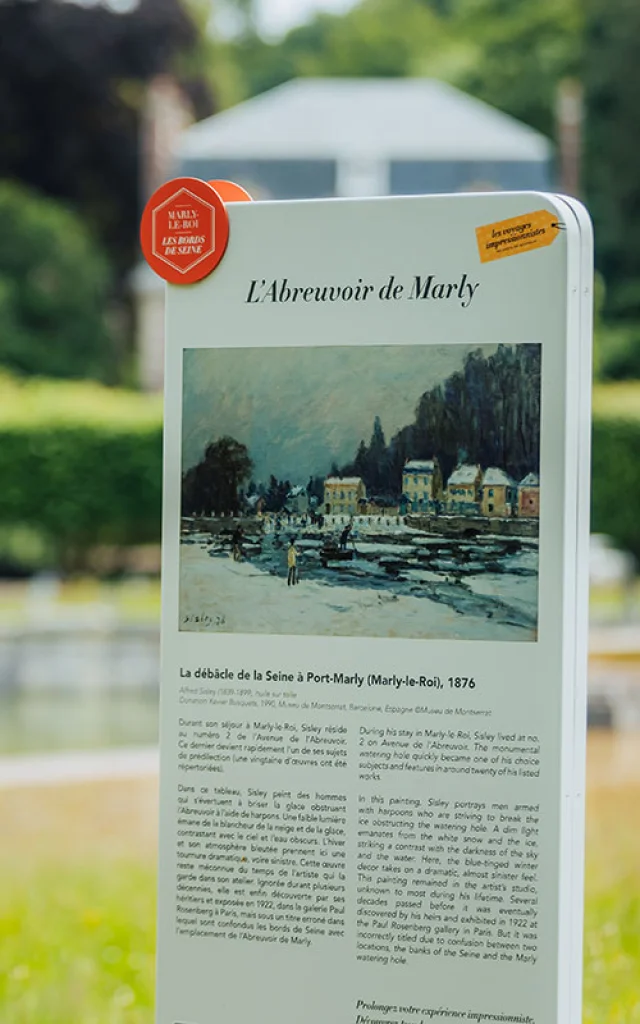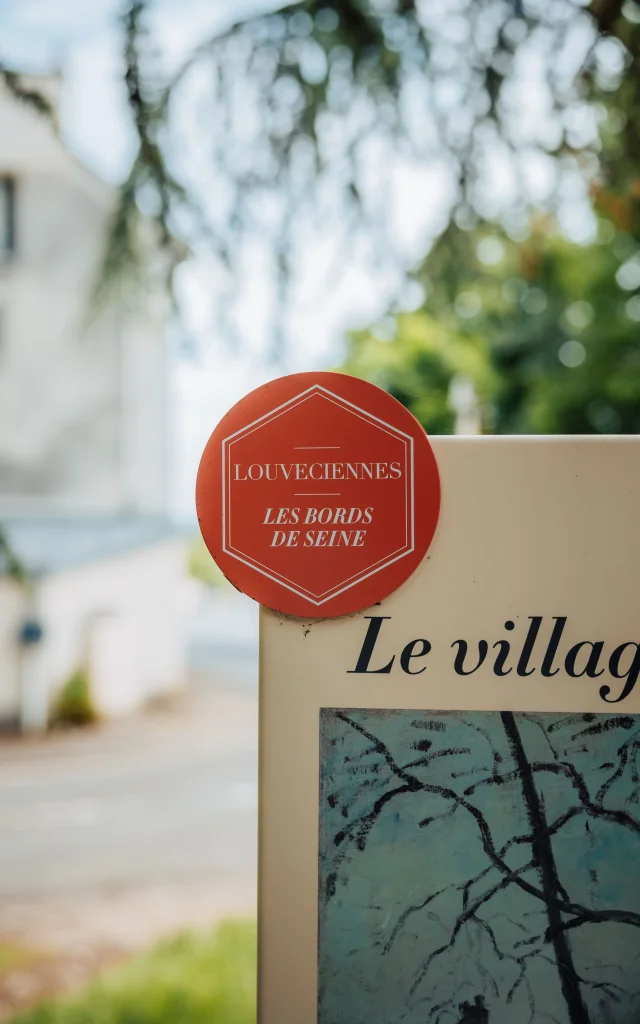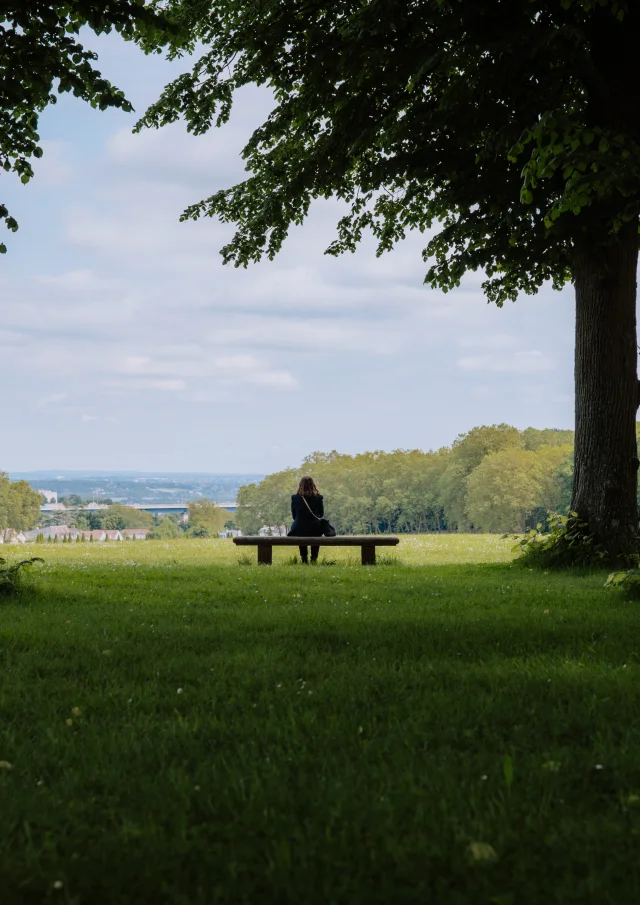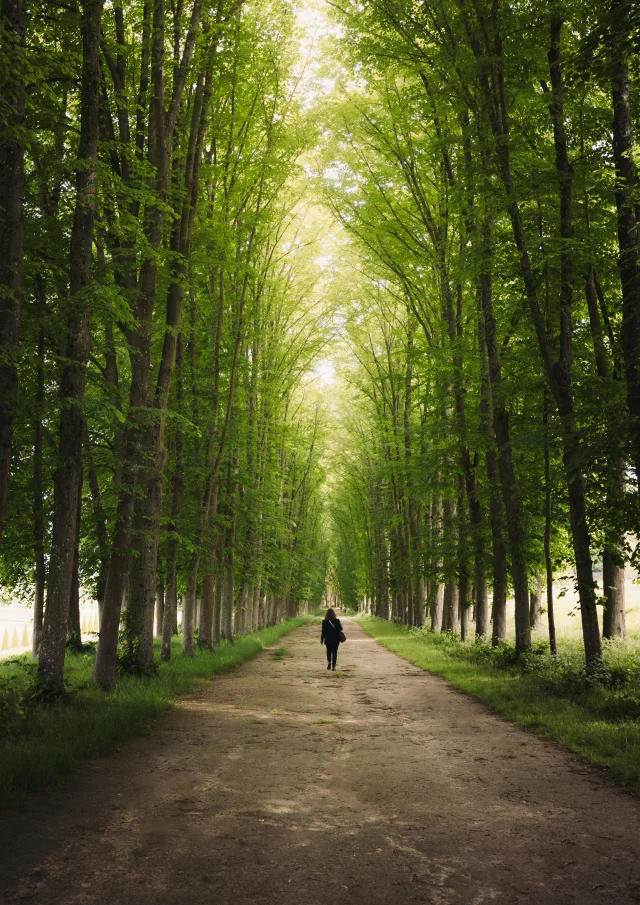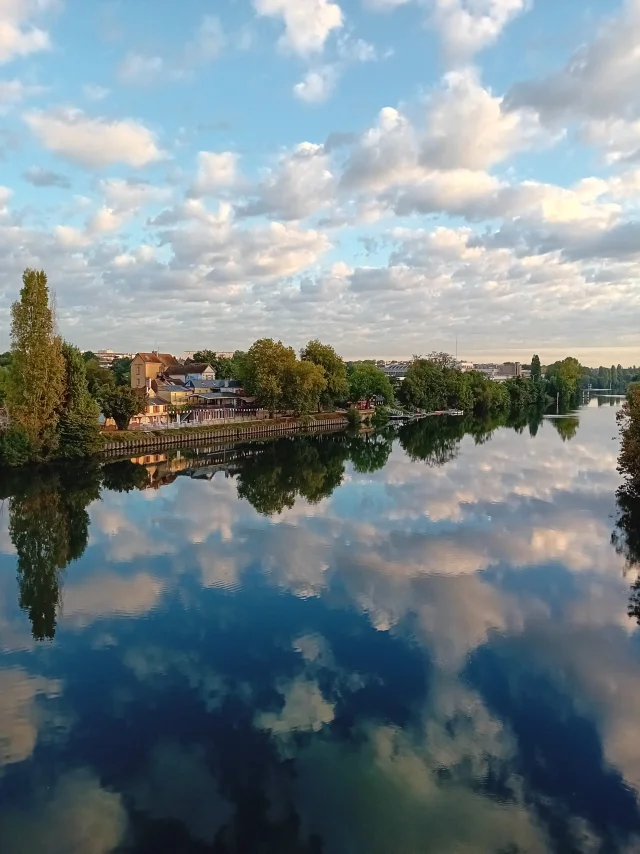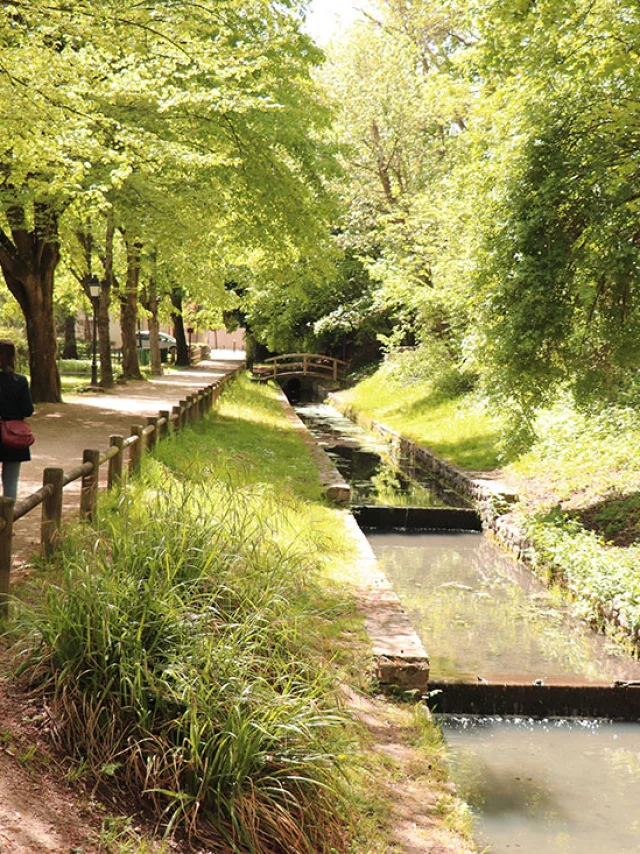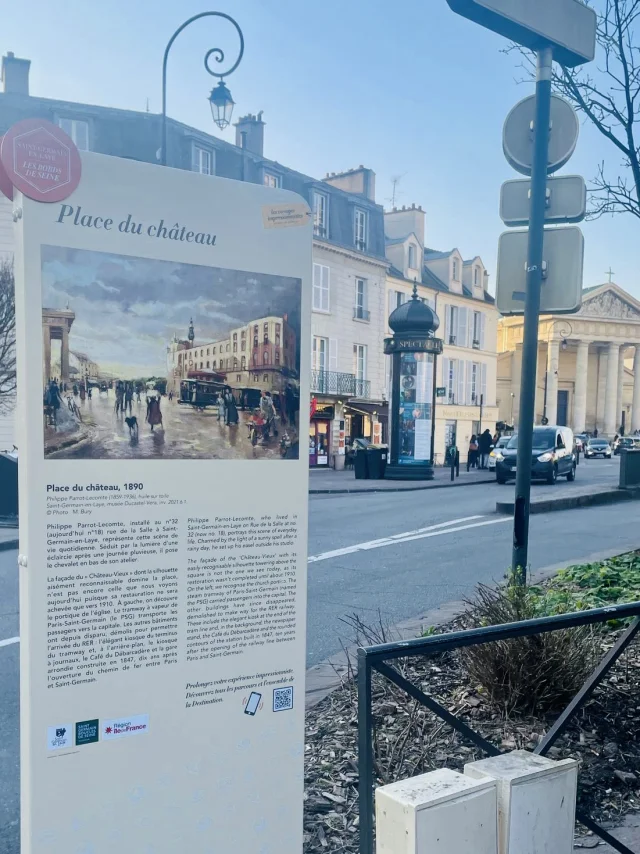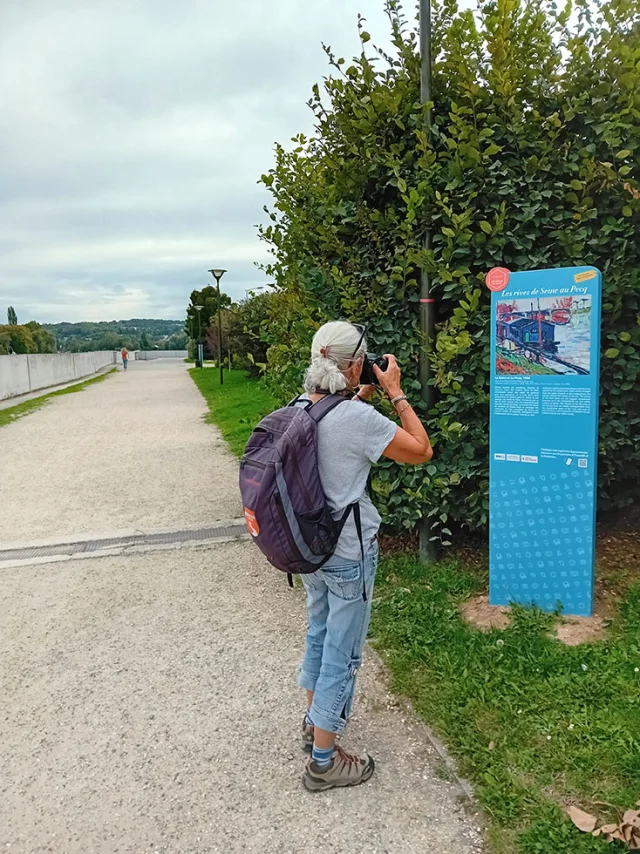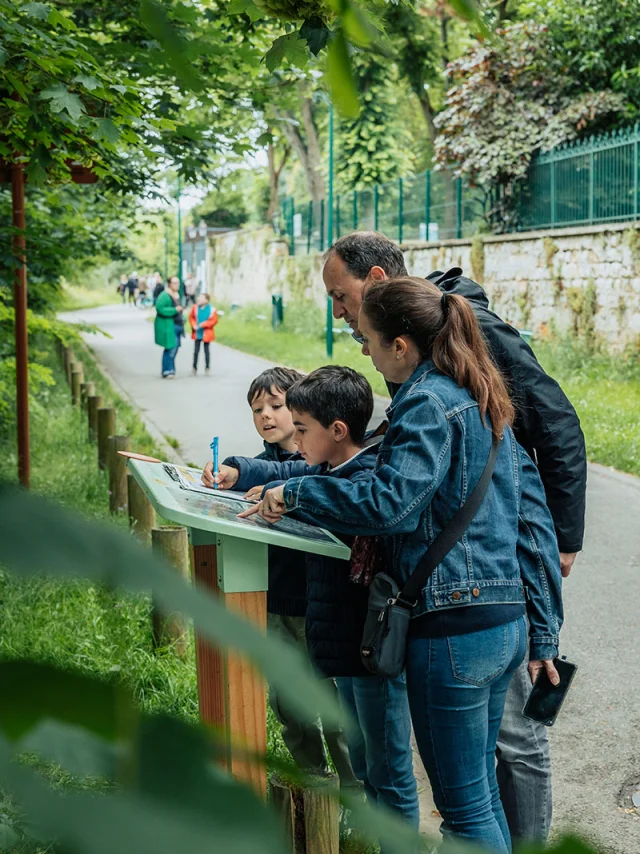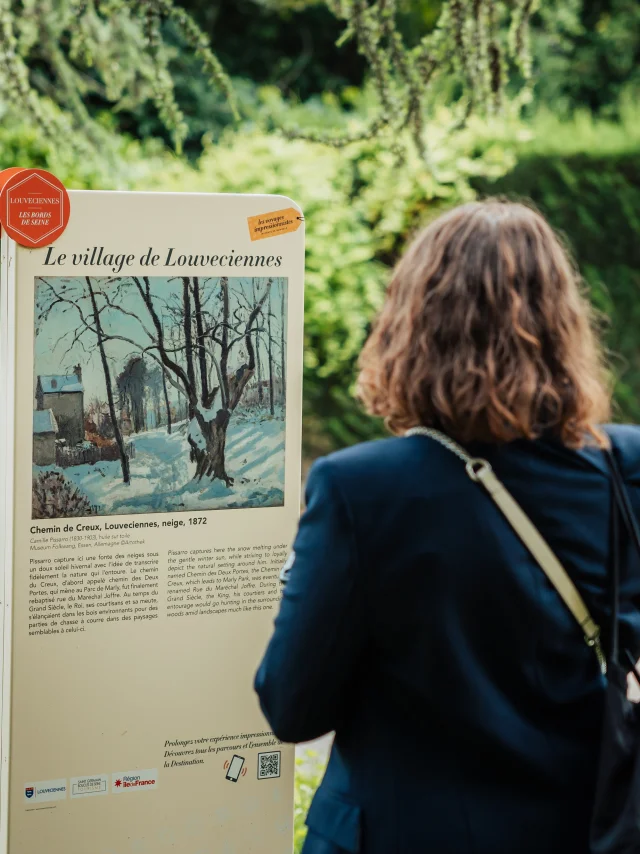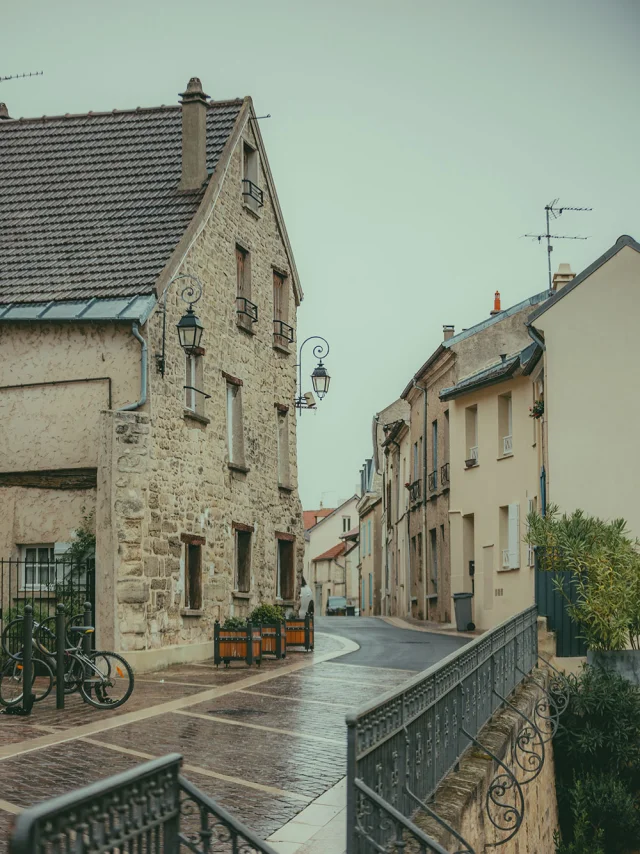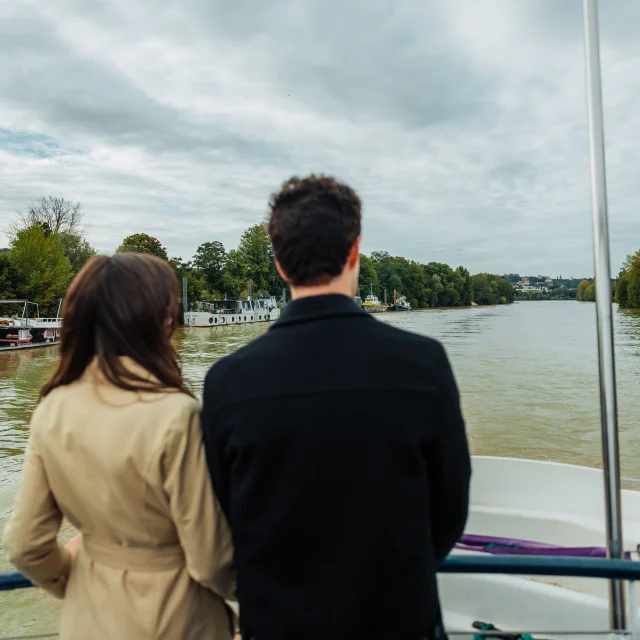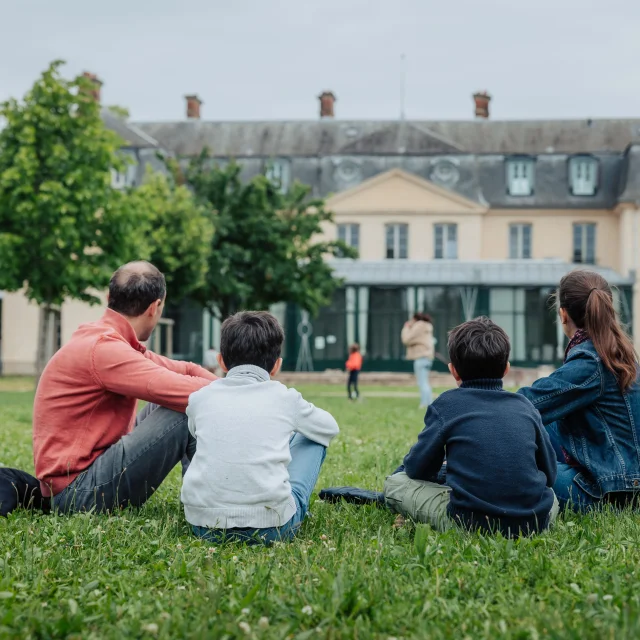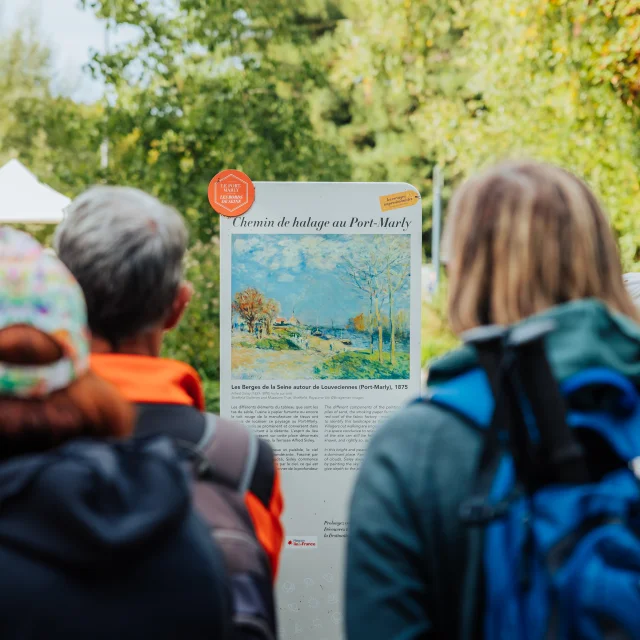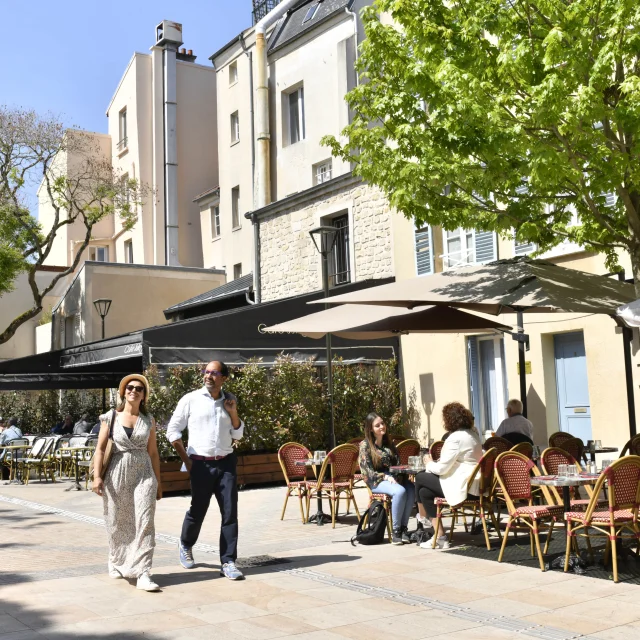The village of Marly-le-Roi was also a place of inspiration for Impressionist painters. Notably Alfred Sisley, who lived at 4 avenue de l’Abreuvoir from 1875 to 1878. Or Marie Cassatt, who stayed there from July to October 1880, in a house overlooking the same Abreuvoir.
Alfred Sisley in Marly-le-Roi
During his long stay in Louveciennes and Marly, Alfred Sisley (1839-1899) painted many pictures. They mainly depicted landscapes in the snow, as he was interested in everything that played with light. The same subjects recurred frequently: the Abreuvoir, receding roads, the banks of the Seine and the Machine de Marly. The floods at nearby Port-Marly in 1876 provided him with an ideal subject from which he drew effects of shimmering surfaces and windswept skies.
One of his most singular works, is The Forge at Marly-le-Roi. At No. 48 Grande Rue, this landscape painter par excellence captures the intimate atmosphere that emanates from this interior scene. In fact, the forge and the human activity taking place there, are sublimated by lighting coming from both a dusty window, one pane of which is condemned, and the glowing fire of the forge.
Mary Cassatt at Marly-le-Roi
As mentioned above, Mary Cassatt was also present in Marly during the same years.
The art of Mary Cassatt (1844-1926) was dependent on both Manet and Degas in its openness to a modernity that she achieved through her choice of subjects, which were those of her friends and masters. In fact, she liked to depict scenes from the daily lives of her friends and family, in settings conducive to relaxation and leisure. She often painted them from an elevated perspective, thus inviting the viewer into their intimacy.
The village of Marly-le-Roi, continues to let us experience its moments of relaxation, its moments of conviviality in an almost unchanged setting.

